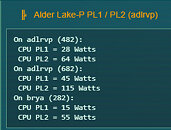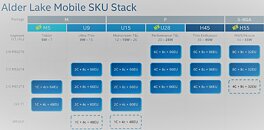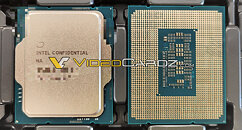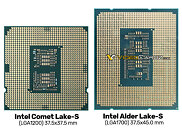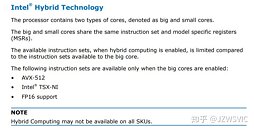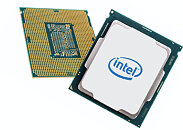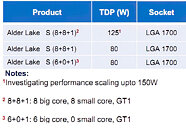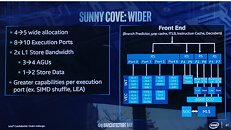
Intel "Alder Lake-P" Mobile Processor PL Values Revealed
Intel is preparing its 12th Gen Core "Alder Lake" processors to target not just desktop, but also notebook. The "Alder Lake-P" mobile processor will be Intel's second to implement a hybrid CPU core design (after "Lakefield"). Coelacanth Dream revealed the power level (PL) values of the three key variants of the "Alder Lake-P" silicon. Intel will create broadly three categories of mobile chips targeting specific notebook form-factors—15 W, 28 W, and 45 W. The "Alder Lake-U" 15 W chips are expected to have a PL1 value (interchangeable with the TDP marked on the tin), of 15 W, but its PL2 value, which enables the highest Turbo frequency, can be as high as 55 W.
The next category, the "Alder Lake-U" 28 W chips, have a PL2 value of 64 W. Lastly, the "Alder Lake-H" 45 W chip, which will go into notebooks of conventional thickness, is expected to have a PL2 value of a scorching 115 W. Unless we're mistaken, "Alder Lake-P" is a hybrid processor with up to 6 "Golden Cove" performance CPU cores, and up to 8 "Gracemont" low-power cores. The performance cores feature HyperThreading, and are AVX-512 capable. Unlike the desktop "Alder Lake-S," Intel is investing in a larger iGPU. Based on the Gen12 Xe LP graphics architecture, the iGPU of the "Alder Lake-P" could feature 96 execution units, compared to just 48 on the "Alder Lake-S."
The next category, the "Alder Lake-U" 28 W chips, have a PL2 value of 64 W. Lastly, the "Alder Lake-H" 45 W chip, which will go into notebooks of conventional thickness, is expected to have a PL2 value of a scorching 115 W. Unless we're mistaken, "Alder Lake-P" is a hybrid processor with up to 6 "Golden Cove" performance CPU cores, and up to 8 "Gracemont" low-power cores. The performance cores feature HyperThreading, and are AVX-512 capable. Unlike the desktop "Alder Lake-S," Intel is investing in a larger iGPU. Based on the Gen12 Xe LP graphics architecture, the iGPU of the "Alder Lake-P" could feature 96 execution units, compared to just 48 on the "Alder Lake-S."
